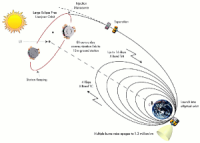Phasemeter for LISA Pathfinder
LISA is a program jointly funded by ESA and NASA. This is a mission to launch three satellites, working cooperatively as an interferometer with huge 5 Million Kilometre arms. LISA is made up of two sub missions, LISA Pathfinder and LISA. As LISA is such an enormous and technologically difficult project LISA Pathfinder will launch in 2008 and will be the technology precursor to test whether such LISA will be possible.
LISA Pathfinder - The Basics
Making up LISA Pathfinder is an optical bench, containing all the components to make up a small interferometer, two chambers for test masses, thrusters to enable the test masses to "free fall" and a device known as the phasemeter.
An interferometer works by splitting a ray of light between two paths, assuming both paths are equal when the two rays are brought back together they will be in phase and no interference pattern will be seen. When one of these paths changes length (for example by a gravitational wave) the light recombining is not in phase and an interference pattern is seen.
The phasemeter takes this interference signal and uses it to calculate the distance the path length has changed. In the case of LISA pathfinder the path length will have changed by an amount equal to the movement of the test mass inside of its chamber.
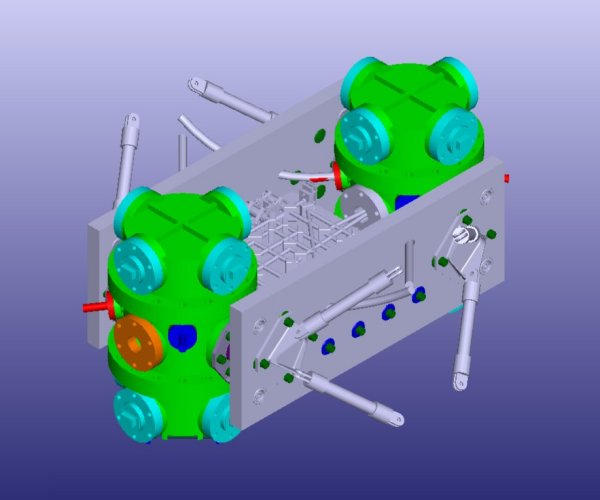
Lisa Pathfinder Structure
The Phasemeter
Recently the phasemeter has undergone its PDR (Preliminary Design Review), this means that the prototype is considered suitable and work can begin on the engineering model. This is then reviewed and if successful will be made into the flight model.
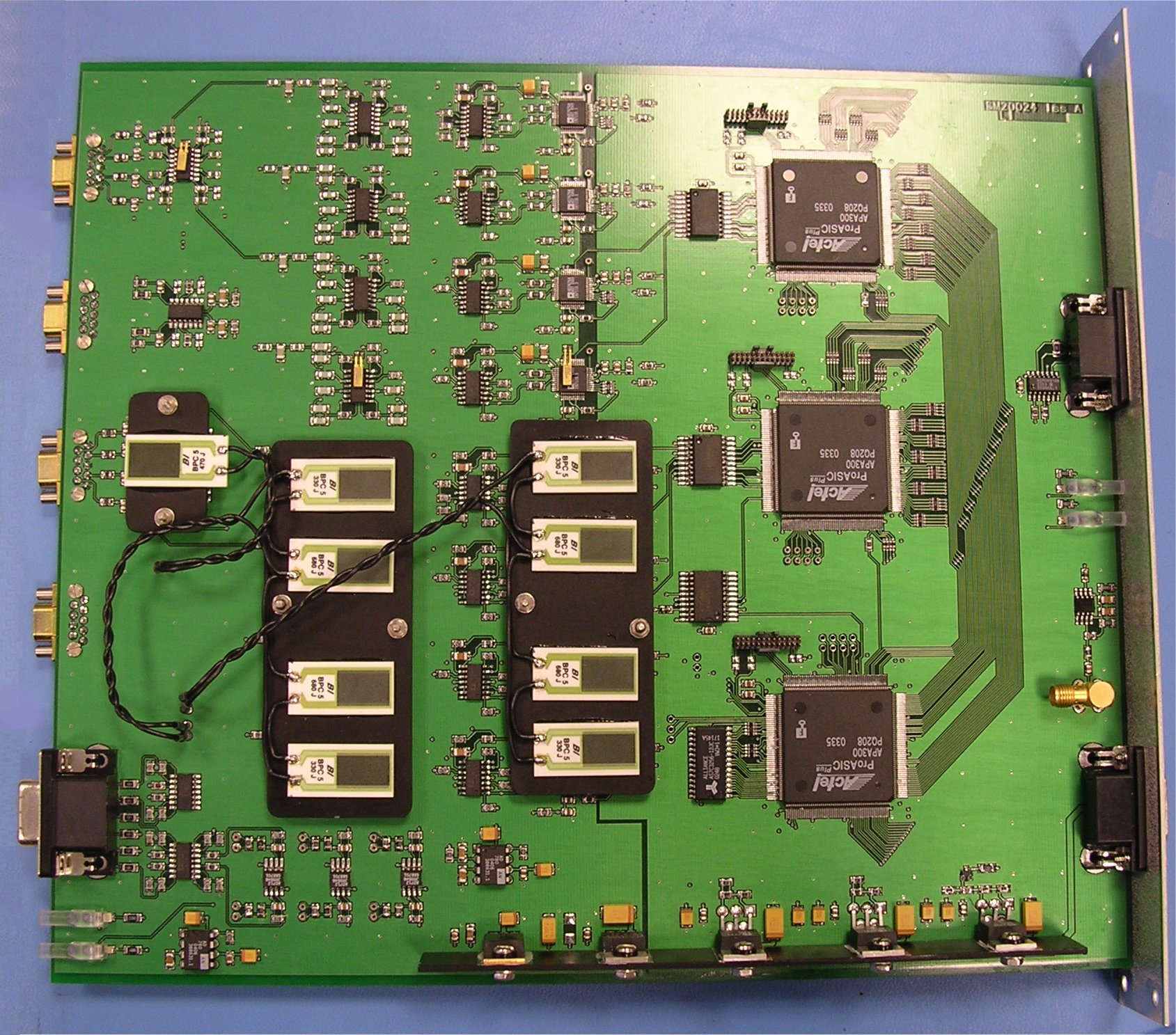
Phasemeter prototype electronics
This is therefore a very important time for the phase meter, and much testing is needed. The prototype model is currently being modified to deal with more channels of data, and also is undergoing a change in the clock frequency.
Two pieces of software (working together) are needed to test the phasemeter, these are the Data AcQuisition Software (DAQS) and also the Data Processing Software (DPS). DAQS is the software that interfaces to the phasemeter via a standard known as military bus. It then takes phase and housekeeping data and processes these. Phase data is stored directly in files, and the DPS is used to read and analyse this. Housekeeping data is acquired every second. This is also stored in a file but will also be displayed on the screen in a series of text fields.
This housekeeping data is extremely important, it displays temperatures, voltages, currents of the various circuits inside of the phasemeter. Temperature is an important consideration as it leads to a method of determining faulty parts of the phasemeter. Voltage and current data can be used for a similar purpose.
Space missions are governed by many budgets, the housekeeping data is important as it means it is possible to view the power consumption of the phasemeter in all of its different modes and to make sure it does not exceed its budget.
The data processing software loads data from the stored files, analyses this and produces graphs. The graphs are used to test the noise floor of the phasemeter. All analogue circuits contain noise, in standard home made circuits this is rarely a consideration. However, when considering LISA Pathfinder needs to measure a phase of as low as 10^-4 Rads/sqrt(Hz) noise becomes an important factor.
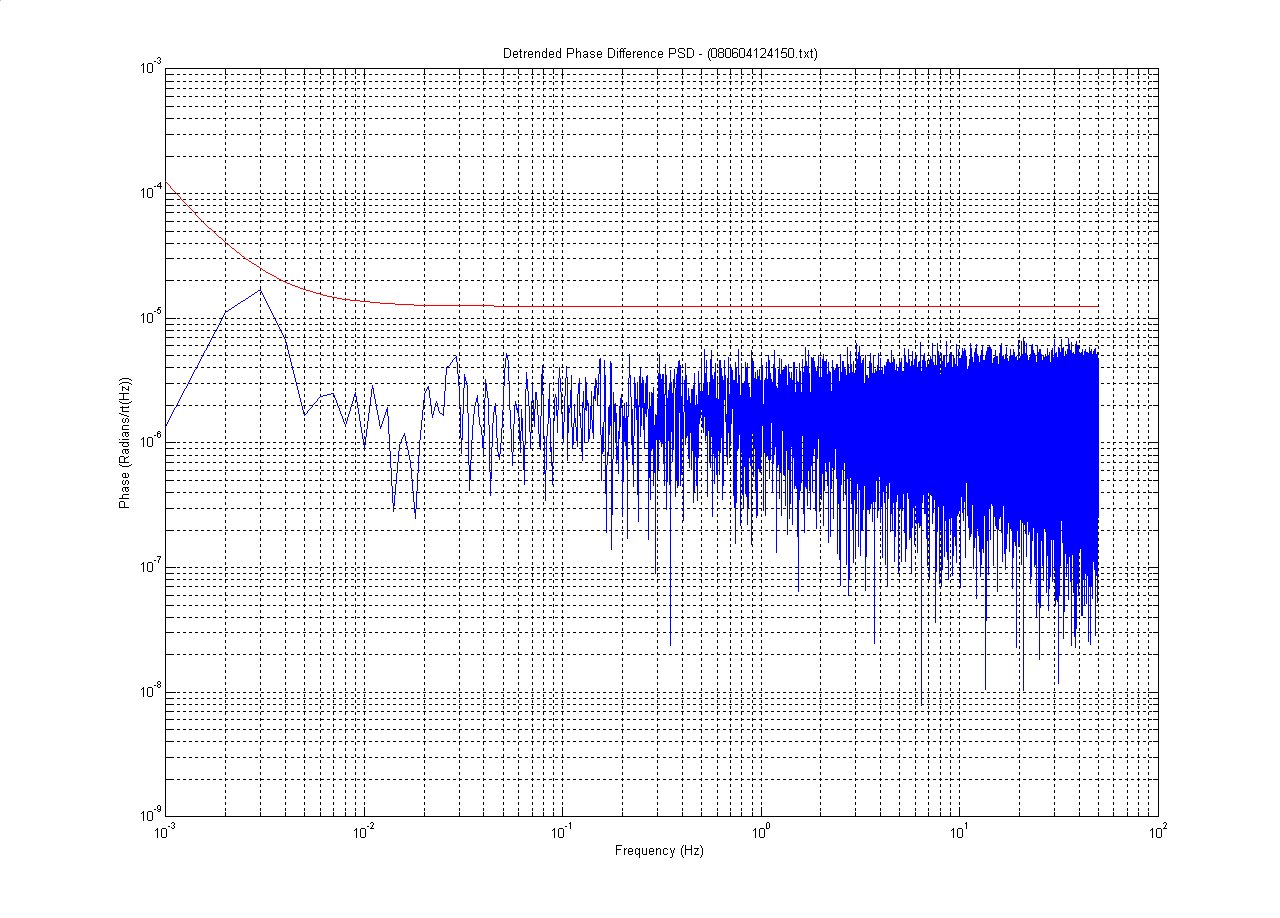
Noise floor of prototype phasemeter
A seemingly simple part of the phasemeter construction is the enclosure used to house the circuitry. This is not a simple task! The phasemeter enclosure has been designed in such a way so that the whole circuit is shielded by a metal box all around it. The main source of noise is the power supply, it is therefore housed in a sub-box in the bottom of the main enclosure. Another problem encountered is during launch. Every part of the spacecraft will undergo massive vibrations, if incorrectly designed the box could have natural resonances at frequencies that could damage the equipment. Under recent vibration tests the phasemeter enclosure has been found to resonate at a safe frequency, above the minimum recommended value.
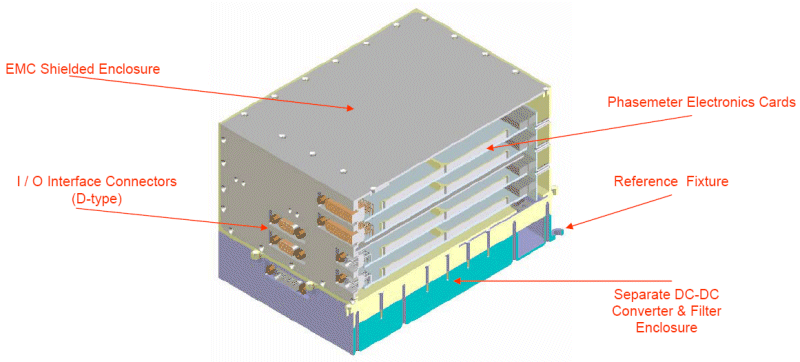
Phasemeter enclosure
